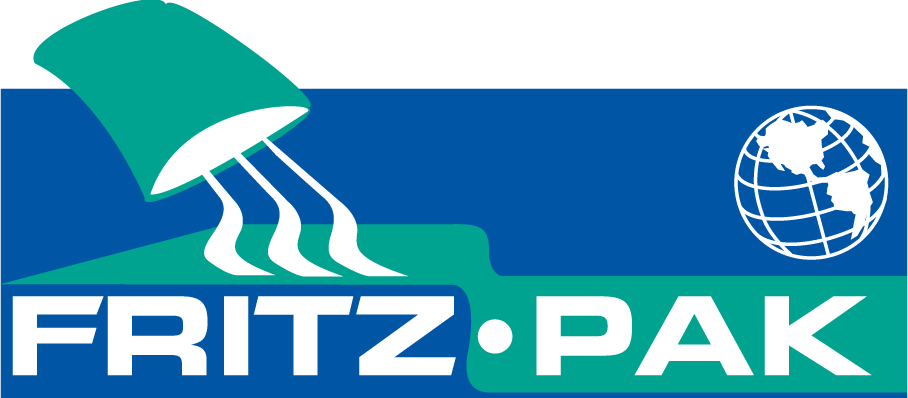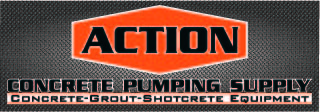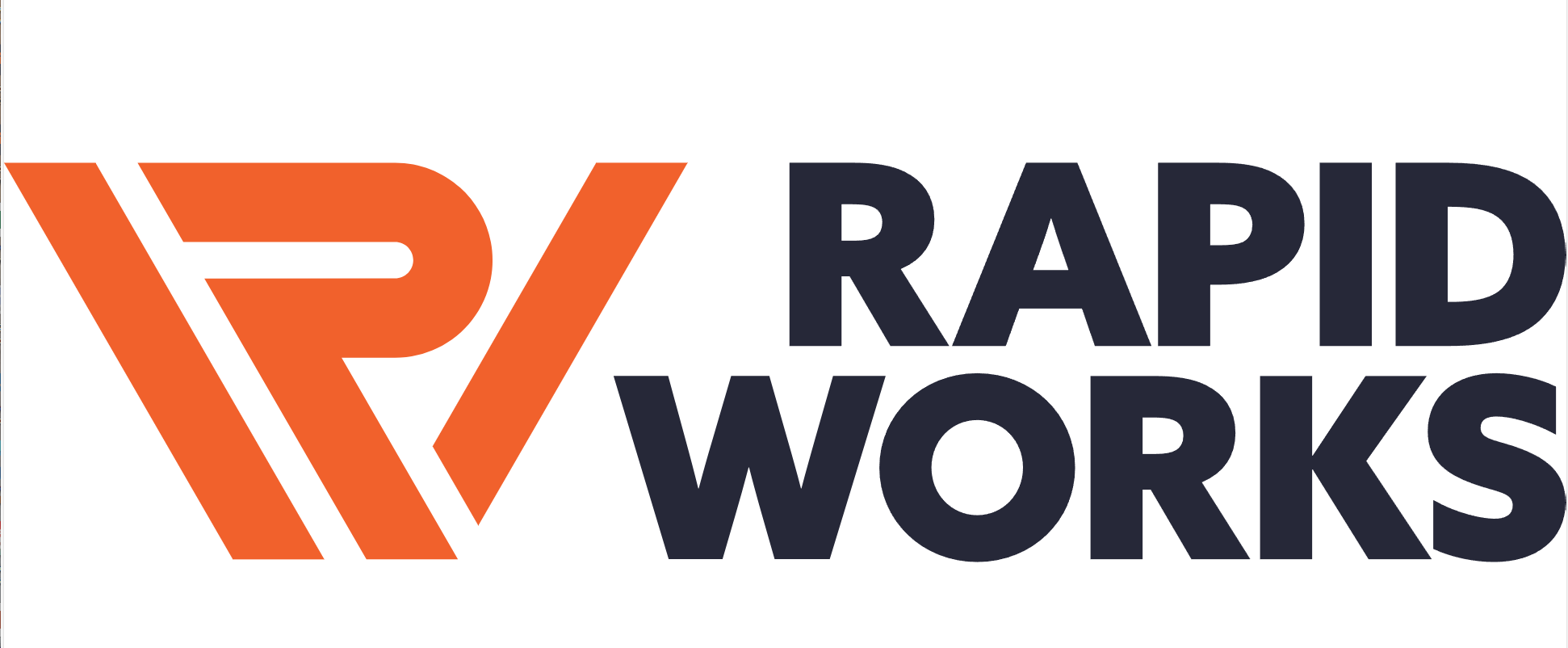| Bob | 07-30-2008 | comment profile send pm notify |
|
MANAGING CHANGE
A Safety Management Perspective, Part 2 of 3
July 30, 2008 Change should be something you plan for, not simply await and react to. Being proactive enables you to manage the process of change and shape its results. Let me make the point by giving you practical, real world examples of planning, and then show you how to apply the same logic to your safety management activities. Pre-Planning & Non-Planningorganizations fall into two very distinct categories when they attempt to address their safety management issues: The Pre-Planners: One group includes those who know exactly what they want to achieve because they have already undertaken the necessary pre-planning and issue identification. As a result of this preparation, they know what they want and are prepared to roll out activities associated with achieving specific objectives. The Non-Planners: The other group are those who aren't exactly sure what they want or why they want it. Individuals in this group rely less on strategic planning than on instinct and reaction and trust in their capacity to "know it when I see it." Case Study 1: The Pre-PlannersA few years back, a client hired me because they felt that its senior executives hadn't been sufficiently active in or aware of OHS matters. I asked the client to articulate exactly what it wanted to achieve. After some give and take, it was decided that I was to conduct essentially standard training sessions for senior managers on safety management and due diligence. These sessions would then facilitate the creation of a safety action plan session that would enable the client to address specific, strategic safety initiatives to help move the organization forward on EHS matters. Our objectives were thus very clear: Deliver a consistent safety message, ensure people understand their role in an effective safety management system and propose short and long term actions for future improvements in select safety initiatives. Case Study 2: The Non-PlannersNow let's look at another assignment. The client, who represented union employees, felt that the safety situation at a particular facility was awful and couldn't be allowed to continue. The problem went beyond poor statistical performance. The client felt that there were fundamental problems with the existing safety system and culture. And, indeed there were. I was asked to attend a meeting with senior management and union representatives to try and "figure out" what was wrong with the safety system and how it could be fixed. I didn't have much information about the safety system before the meeting. So I was faced with the challenge of trying to identify the problems during the meeting session. I decided to structure scenarios of questions, which would be tabled for discussion. These questions were based in part on previous safety perception surveys which I had conducted, and were intended to obtain sample feedback on the "safety maturity" level at the facility. Pre-Planning as the Key to Successful Change ManagementNot surprisingly, the two clients achieved different levels of success. Client 1 knew exactly what it wanted, why it wanted what it wanted and how it was going to achieve what it wanted. My role as a consultant was facilitator. I was there simply to facilitate training sessions, the objective of which were to improve the health and safety knowledge and skill levels of executive managers. Client 2, by contrast, knew it had a problem but didn't know what it was or how to resolve it. Nor were they clear about their reasons for bringing me in. My role thus was as much about diagnosis as cure. So I advised the client that it had to engage in a broad process using audits, perception surveys, with managers interviews, physical conditions assessments of workers and other system appraisal tools. Only after the results were amassed and analyzed could solutions be considered. ConclusionI'll finish the series next week by drawing some general lessons on change management and strategic planning and the role of the health and safety program. |
||










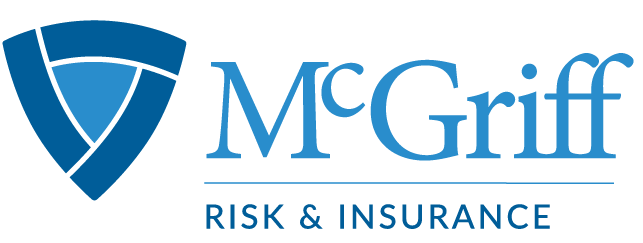





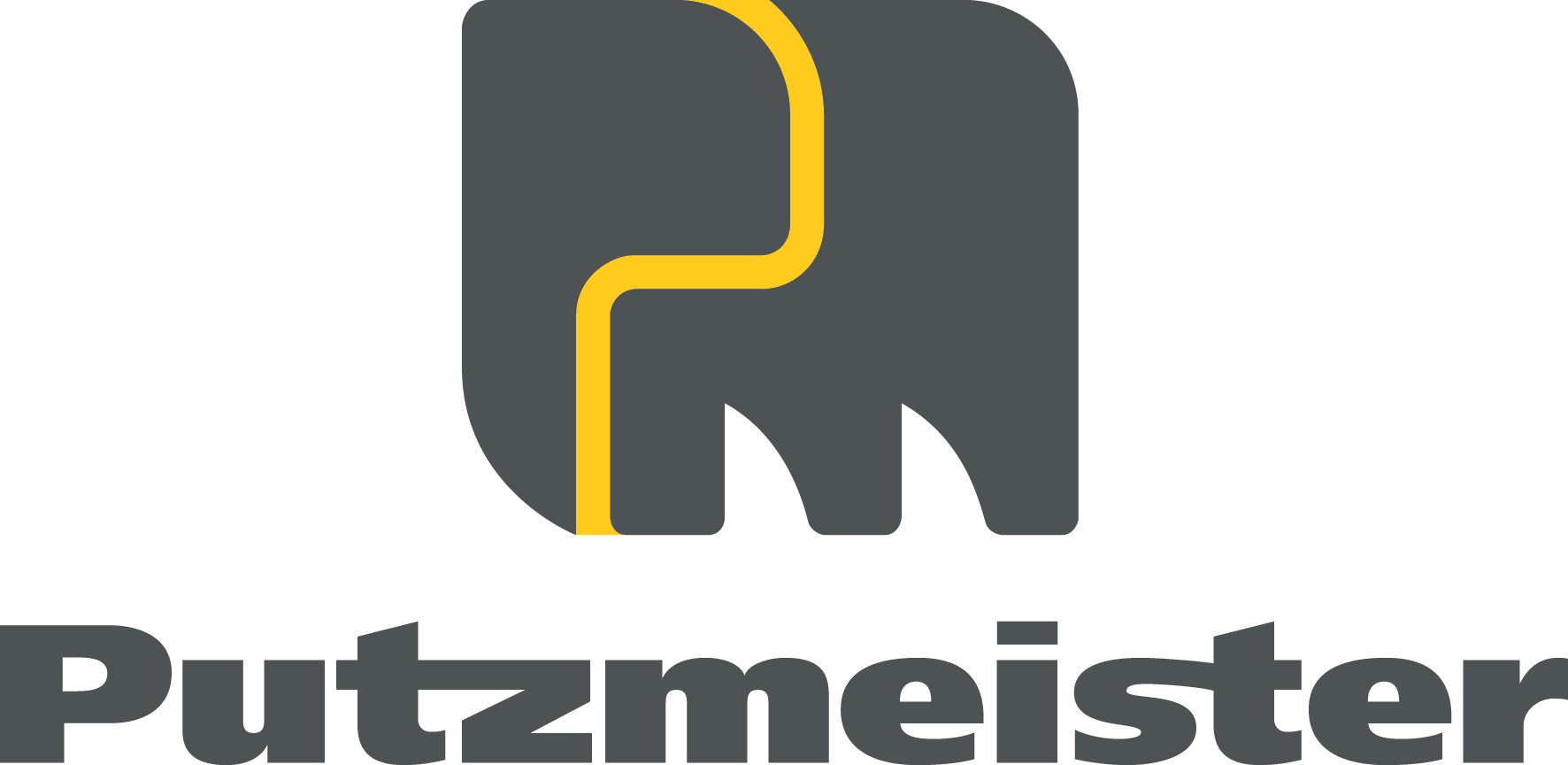



.jpg)
.gif)

.jpg)









.jpg)



